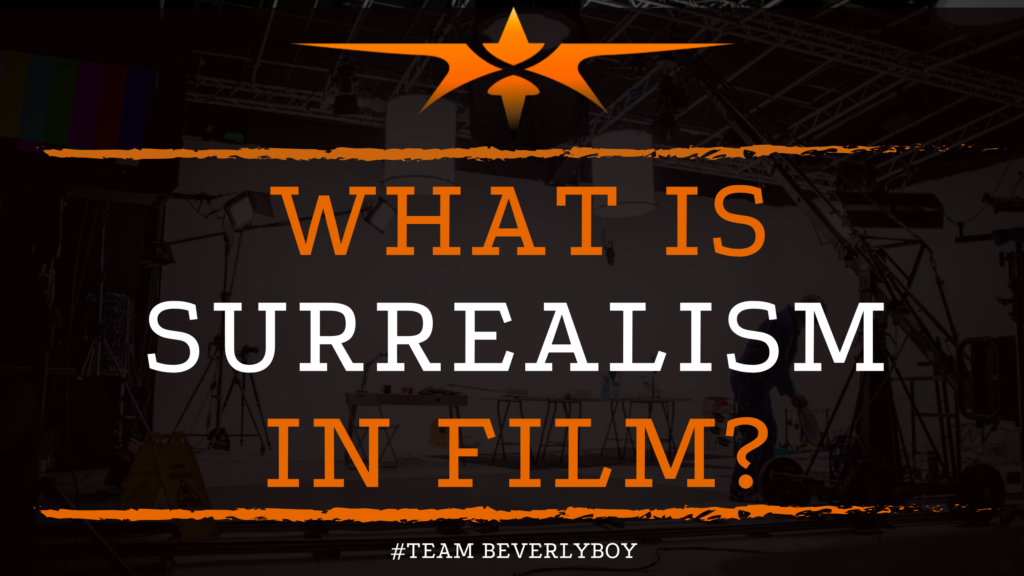What is Surrealism in Film?
Surrealist cinema represents some of the earliest approaches to film theory and the study of filmmaking techniques. As well as the impact of creative expression on filmmaking. The surrealism approach dates back to the 1920s. And continues to represent a means of film study that is often in modern filmmaking. But what is surrealism in film? And how can this movement be defined?

Surrealist cinema represents some of the earliest approaches to film theory and the study of filmmaking techniques. As well as the impact of creative expression on filmmaking. The surrealism approach dates back to the 1920s. And continues to represent a means of film study that is often in modern filmmaking. But what is surrealism in film? And how can this movement be defined?
What is Surrealism in Film?
Surrealism can be defined as a means of defining or expressing ideas in an uninhibited and “unreal” manner. Such that the rules of realism do not apply.
In surrealism, art represents a technique. In which the juxtaposition of images and symbols or various actions come together to create a view or a world. Separate from what would be expect in reality.
Sort of like a “super” reality. Surrealism in film represents a sub world. With which the rules of reality are certainly bent. Surrealism dates back to a movement in 1924 that was originally founded by Andre Breton.
The entire movement is best explained by his book The Surrealism Manifest. Essentially, surrealism provides artists with a free pass to the subconscious world allowing them to break the rules of reality in their art.
Characteristics of Surrealism in Film
Surrealism can play out in filmmaking in a variety of different ways. Most commonly, surrealism represents characteristics of the subconscious often portrayed by dreams or nightmares.
You might have noticed surrealism in art that is seemingly human, and yet seemingly inhuman in terms of abilities or representation. Many call surrealism an escape from reality.
Surrealism in cinema is most commonly represented by artists who choose to showcase mediums that resemble these characteristics of the subconscious. Over the years, artists like Salvador Dali have been most representative of the surrealist movement.
But in film the most commonly known showcases of Surrealism include:
- The Seashell and the Clergyman (1928)
- Un Chien Andalou (1928)
- Spellbound (1945)
- Destino (1945-2003)
Alfred Hitchcock, Salvador Dali, and other artists throughout the years have collectively introduced dream-like states, elements of the subconscious, and a hidden world of elements that are less than realistic, and yet incredibly real, all at the same time – this is Surrealism in film.
So, what is surrealism in film? It’s the representation of juxtapositions that reject the euphemisms of reality, tapping into the subconscious, to provide a glimpse into the minds of artists as they create worlds that bend the rules of reality.

